Spinosaurus, the “spine lizard,” was one of the most unique and fascinating dinosaurs to ever walk the Earth. This massive predator lived during the Cretaceous period and has been the subject of intense scientific debate and research. Let’s dive into some amazing facts about this prehistoric giant that might surprise you.
It Was the Largest Carnivorous Dinosaur

Spinosaurus was even bigger than T. rex or Giganotosaurus. It could grow up to 59 feet long and weigh up to 20 tons. That’s about the length of a school bus and the weight of four elephants! This massive size made Spinosaurus the largest known carnivorous dinosaur.
It Had a Huge Sail on Its Back

The most striking feature of Spinosaurus was the large sail on its back. This sail was formed by elongated spines from its vertebrae, some of which were over 5 feet long. Scientists think this sail might have been used for temperature regulation or display. It gave Spinosaurus a unique and impressive silhouette.
It Lived in North Africa

Spinosaurus roamed what is now North Africa about 95 to 100 million years ago. During this time, the area was a lush, swampy environment with plenty of rivers and lakes. This habitat was perfect for the semi-aquatic lifestyle of Spinosaurus.
It Was a Semi-Aquatic Dinosaur

Unlike most other large carnivorous dinosaurs, Spinosaurus spent a lot of time in the water. It had adaptations for swimming, including dense bones and paddle-like feet. This makes Spinosaurus the first known semi-aquatic dinosaur, challenging our ideas about dinosaur lifestyles.
It Had a Crocodile-Like Snout
The skull of Spinosaurus was long and narrow, more like a crocodile’s than other theropod dinosaurs. This snout was filled with conical teeth, perfect for catching slippery fish. The shape of its skull and teeth suggest that Spinosaurus was specialized for hunting aquatic prey.
It Could Walk on Two or Four Legs

Recent research suggests that Spinosaurus could walk on either two legs or four. This is unusual for a theropod dinosaur, as most were strictly bipedal. This flexibility in movement would have been useful for its semi-aquatic lifestyle.
It Had Unique Nostrils
The nostrils of Spinosaurus were positioned high on its skull, near its eyes. This placement would have allowed it to breathe while partially submerged in water, much like modern crocodiles. It’s another adaptation that points to its aquatic lifestyle.
It Ate Giant Fish

While Spinosaurus likely ate a variety of prey, it seems to have specialized in hunting large fish. Fossils of giant prehistoric fish have been found with Spinosaurus teeth marks. Some of these fish were the size of a car!
It Lived Alongside Other Famous Dinosaurs, But Not T. Rex

Spinosaurus shared its habitat with other well-known dinosaurs like Carcharodontosaurus (a relative of T. rex) and Paralititan (a huge plant-eating sauropod). This diverse ecosystem would have been an incredible sight to behold. But it didn’t live alongside T. rex.
Its Arms Were Powerful

Unlike some other large theropods, Spinosaurus had long, powerful arms. These arms ended in curved claws that would have been useful for catching and holding onto fish. They might also have been used for walking on all fours.
It Had a Flexible Tail

Recent fossil discoveries show that Spinosaurus had a flexible, paddle-like tail. This tail would have been perfect for propelling it through water, much like a crocodile’s tail. It’s more evidence of how well-adapted Spinosaurus was to life in the water.
It Changed Our Understanding of Dinosaurs
The discovery of Spinosaurus’s semi-aquatic nature changed how scientists think about dinosaur diversity. It showed that dinosaurs adapted to a wider range of environments than previously thought. This has opened up new areas of dinosaur research.
It Has Appeared in Popular Culture
Spinosaurus famously appeared in the movie Jurassic Park III, where it defeated a T. rex in battle. While this depiction wasn’t entirely accurate, it helped make Spinosaurus a household name. It has since appeared in many books, games, and documentaries.
Its Diet Is Still Debated

While we know Spinosaurus ate fish, there’s still debate about what else it might have eaten. Some scientists think it might have scavenged or hunted land animals too. The full picture of Spinosaurus’s diet is still being pieced together.
It Had Specialized Sensory Organs
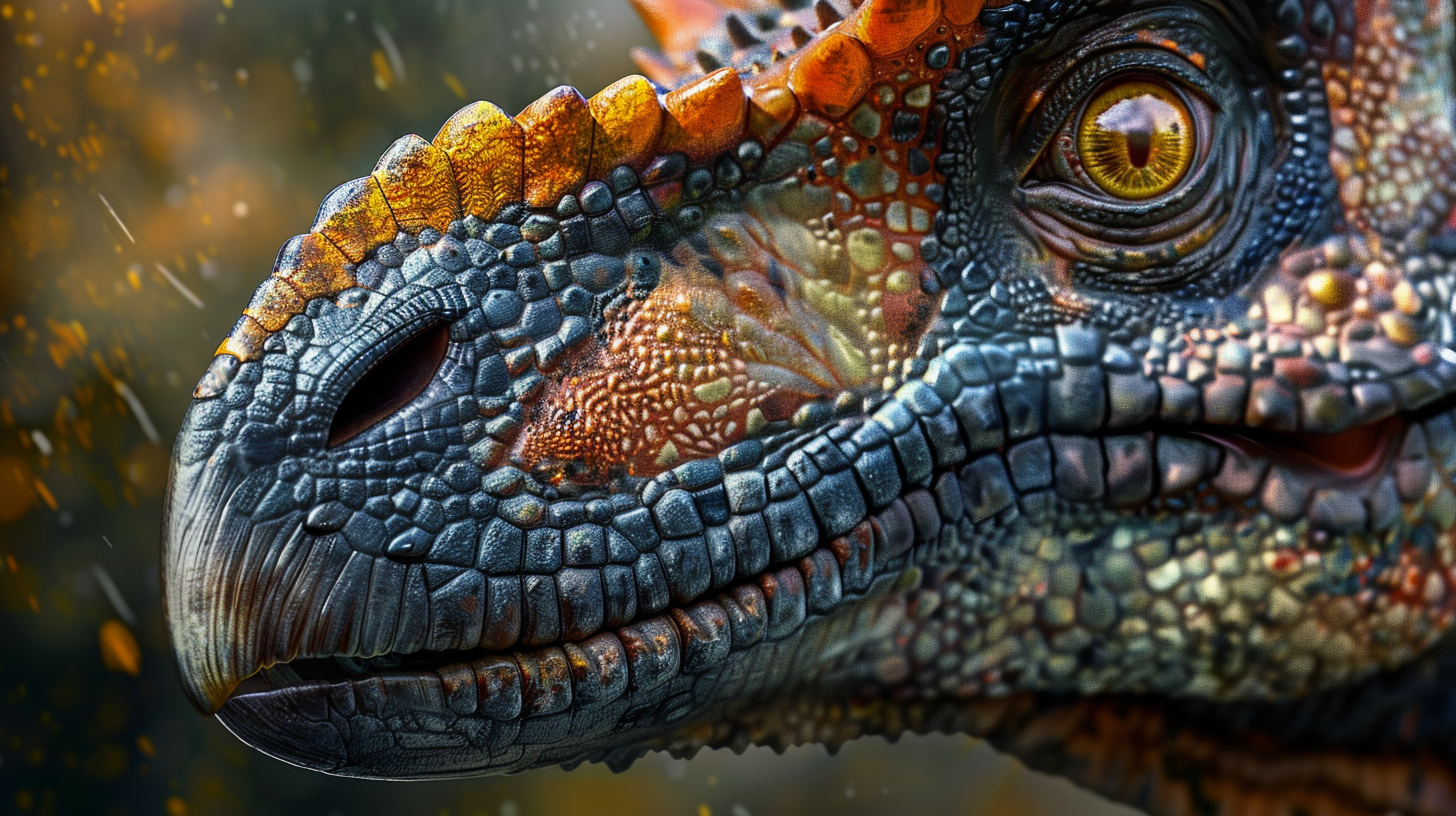
Spinosaurus had small pits in the bones of its snout that might have housed pressure sensors. These sensors, similar to those found in crocodiles, would have helped it detect movement in water. This would have been super useful for hunting fish.
Its Eyes Were Oddly Positioned
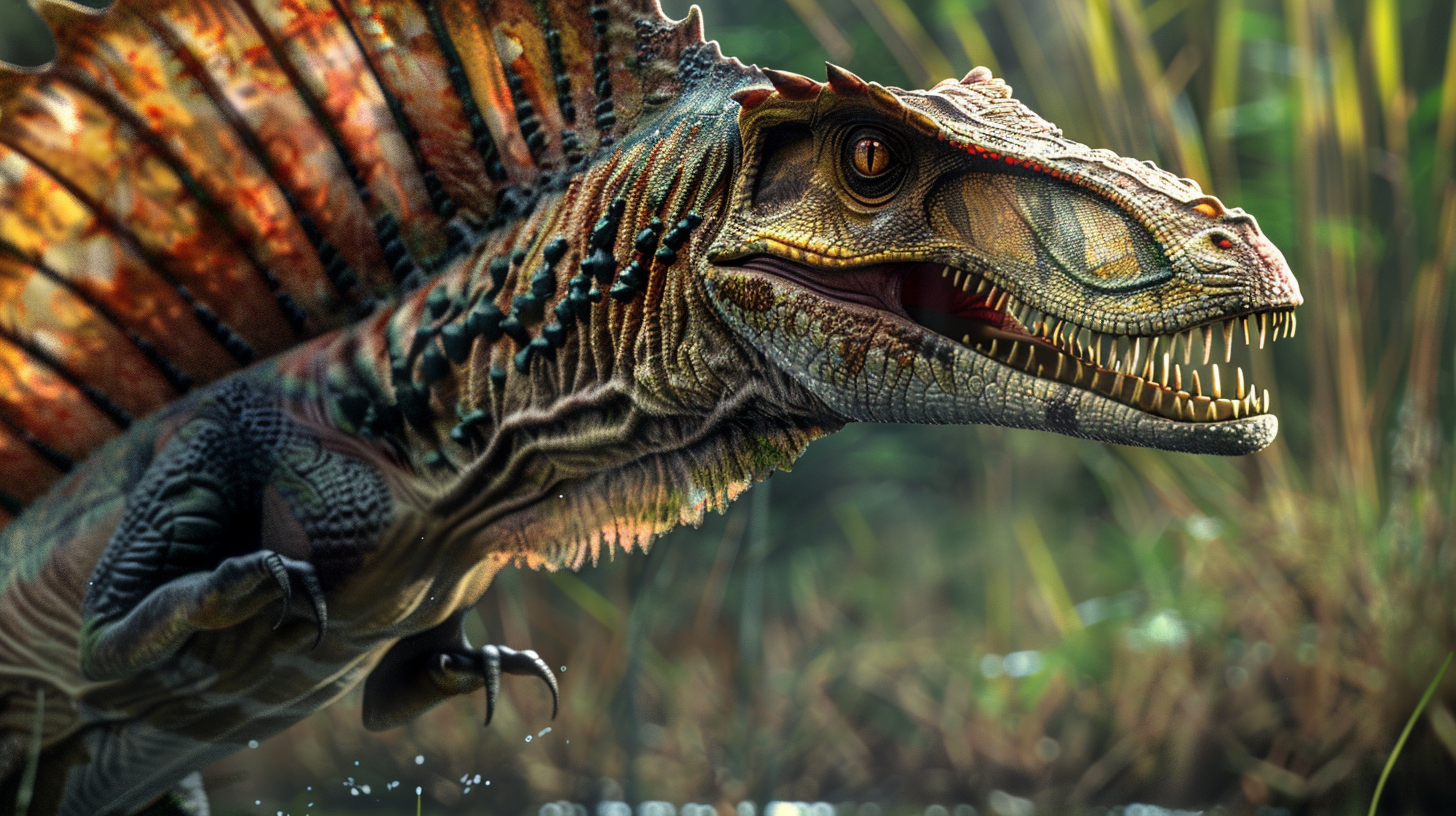
Spinosaurus had eyes positioned high and forward on its skull, giving it excellent binocular vision. This eye placement is unusual for dinosaurs and more similar to crocodiles. It would have helped Spinosaurus spot prey both in water and on land.

